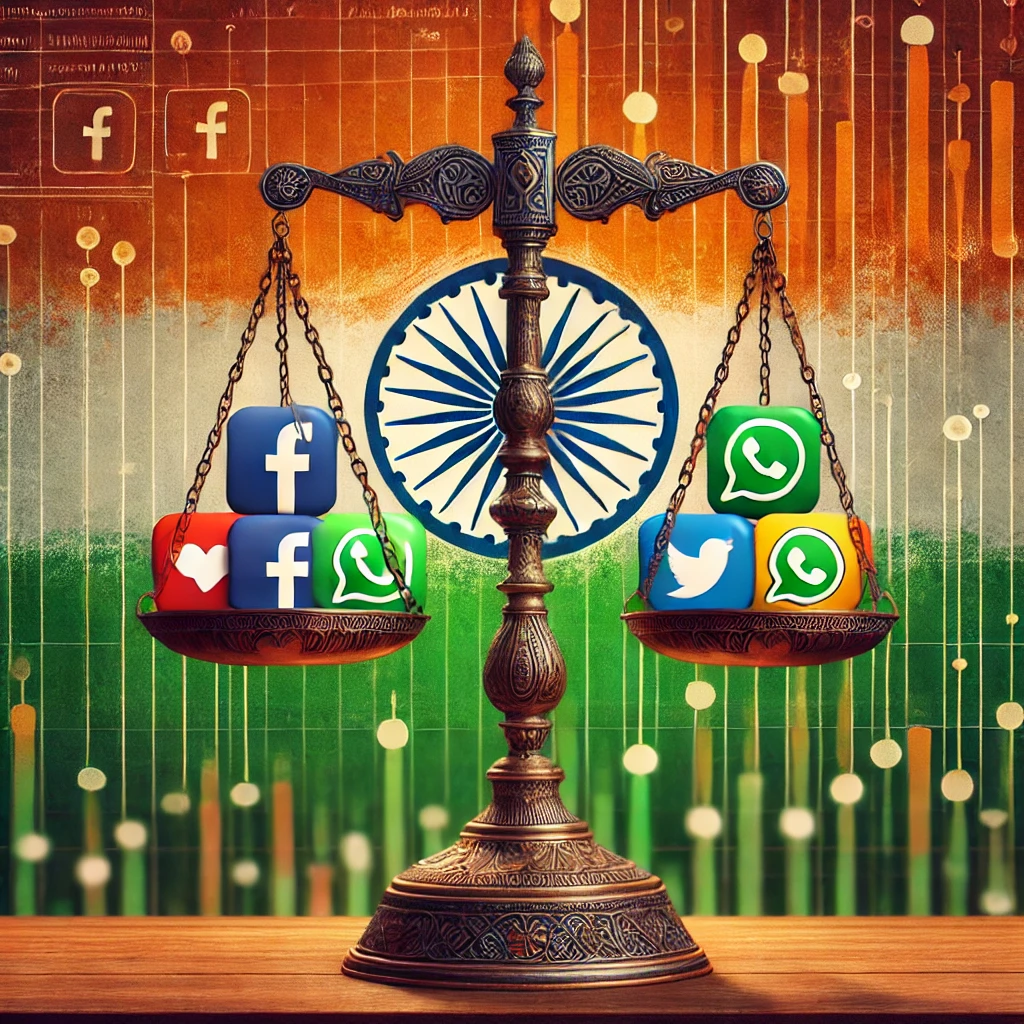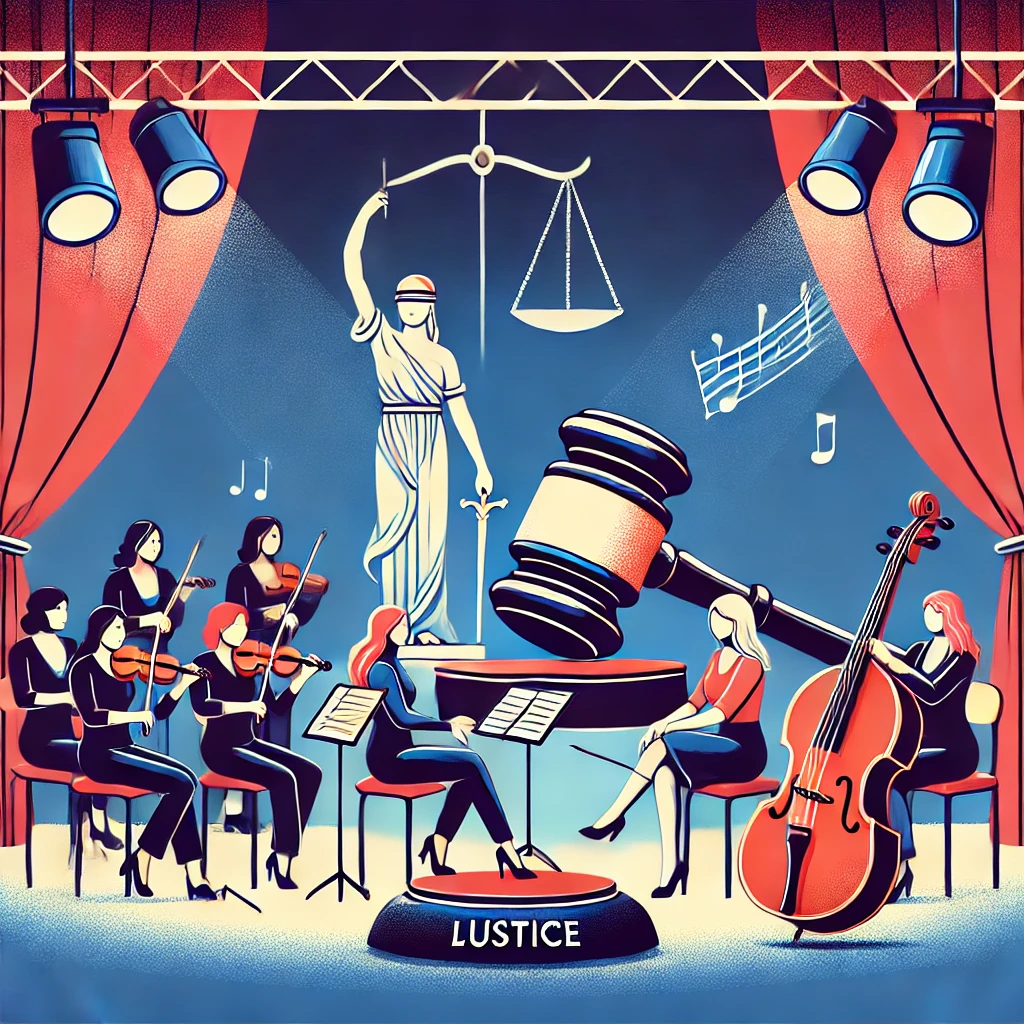The First Amendment and the Entertainment Industry under Entertainment Law
The First Amendment and the Entertainment Industry
Overview
The First Amendment to the U.S. Constitution guarantees freedoms concerning speech, expression, and the press, stating:
"Congress shall make no law... abridging the freedom of speech, or of the press..."
This fundamental right protects creative and expressive works, which are central to the entertainment industry—including movies, music, television, theater, video games, and online content.
However, this freedom is not absolute. The government can impose some restrictions, especially where speech intersects with obscenity, defamation, or incitement to violence.
Entertainment law navigates this complex terrain, balancing creators’ rights with societal interests and regulations.
Key Legal Principles
Protected Speech: Artistic expression is highly protected.
Limited Restrictions: Includes obscenity, incitement, defamation, and copyright issues.
Government Regulation: Can regulate in specific, narrowly defined circumstances.
Commercial Speech: Regulated more than non-commercial speech but still protected.
Important Cases on First Amendment and Entertainment
1. Burstyn v. Wilson (1952) — Films and Free Speech
Facts:
The New York State Board of Regents banned a film titled “The Miracle” on the grounds it was sacrilegious.
Issue:
Does a state board have the power to ban a film on the basis of being sacrilegious or offensive?
Holding:
The Supreme Court ruled that motion pictures are protected speech under the First Amendment and that government censorship based on sacreligious content is unconstitutional.
Reasoning:
This case overturned previous rulings that treated movies as merely business or entertainment, affirming that films are a significant medium for expression deserving constitutional protection.
Impact:
This established films as a form of expression protected by the First Amendment, limiting prior restraint on movies.
2. Miller v. California (1973) — Obscenity Test
Facts:
Miller conducted a mass mailing campaign distributing brochures advertising adult material. He was convicted under California law for distributing obscene material.
Issue:
What constitutes obscene material not protected by the First Amendment?
Holding:
The Court established the three-part Miller test for obscenity:
Whether the average person, applying contemporary community standards, would find the work appeals to prurient interest.
Whether the work depicts sexual conduct in a patently offensive way.
Whether the work lacks serious literary, artistic, political, or scientific value.
If all three prongs are met, the material is obscene and unprotected.
Reasoning:
The Court recognized the state's interest in regulating obscenity while trying to protect free expression in arts and entertainment.
Impact:
This test guides regulation of adult content in films, literature, and other entertainment forms.
3. FCC v. Pacifica Foundation (1978) — Indecency and Broadcasting
Facts:
The FCC reprimanded a radio station for airing George Carlin’s “Seven Dirty Words” monologue, which contained indecent language.
Issue:
Can the government regulate indecent but not obscene speech on public broadcasts?
Holding:
Yes. The Court ruled that the government can regulate indecent content in broadcast media during times when children are likely to be among the audience.
Reasoning:
Broadcast media have a uniquely pervasive presence and accessibility to children, justifying certain content restrictions.
Impact:
Broadcast television and radio have stricter content standards compared to other media like film or print.
4. Reno v. American Civil Liberties Union (1997) — Internet Speech
Facts:
The Communications Decency Act (CDA) criminalized “indecent” and “patently offensive” material on the internet accessible to minors. The ACLU challenged this.
Issue:
Is the CDA’s restriction of indecent speech on the internet constitutional?
Holding:
No. The Supreme Court struck down anti-indecency provisions of the CDA as overbroad and a violation of the First Amendment.
Reasoning:
Unlike broadcast media, the internet is not as invasive or pervasive, and it offers adults access to lawful speech, so restrictions must be narrowly tailored.
Impact:
This case established strong First Amendment protections for online entertainment and content providers.
5. Brown v. Entertainment Merchants Association (2011) — Video Games as Protected Speech
Facts:
California passed a law restricting the sale of violent video games to minors. The Entertainment Merchants Association challenged the law.
Issue:
Are violent video games protected by the First Amendment?
Holding:
Yes. The Supreme Court ruled that video games are protected speech, similar to books, plays, and movies.
Reasoning:
The Court recognized video games as expressive content deserving full First Amendment protection, rejecting the state’s interest in regulating violent content without clear evidence of harm.
Impact:
This set a precedent protecting video games from censorship or content restrictions based on violence.
Summary Table
| Case | Year | Key Issue | Holding |
|---|---|---|---|
| Burstyn v. Wilson | 1952 | Film censorship (sacrilege) | Films are protected speech; censorship unconstitutional |
| Miller v. California | 1973 | Obscenity in adult material | Established 3-part Miller test for obscenity |
| FCC v. Pacifica Foundation | 1978 | Broadcasting indecency | Government can regulate indecency on public broadcast |
| Reno v. ACLU | 1997 | Internet indecency restrictions | Struck down broad internet content restrictions |
| Brown v. Entertainment Merchants | 2011 | Violent video game sales to minors | Video games have First Amendment protection |
Conclusion
The First Amendment protects creative expression across all entertainment media—film, music, video games, broadcasting, and the internet—but courts recognize some limits:
Films and video games enjoy strong protection but can be regulated for obscenity.
Broadcast media faces more restrictions due to accessibility to children.
The internet enjoys broad protection but faces limited content regulation.
The government’s ability to regulate is balanced by the need to protect artistic freedom and innovation.
Understanding these cases helps the entertainment industry navigate content creation, distribution, and regulation while respecting constitutional rights.












0 comments